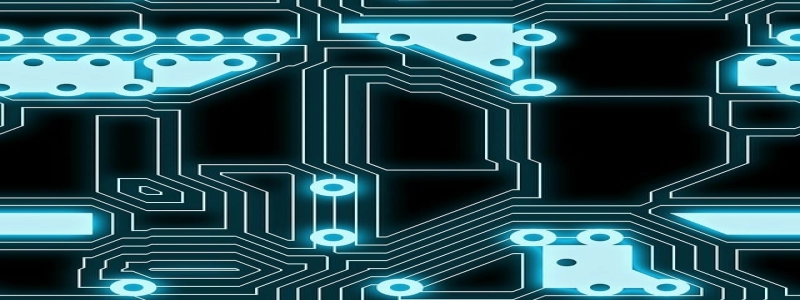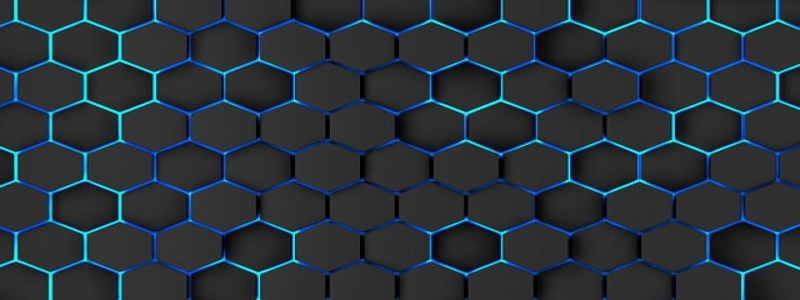How to Bury Fiber Optic Cable
Giới thiệu:
Fiber optic cables are increasingly being used for high-speed internet connections and telecommunications. One critical aspect of fiber optic installation is burying the cables efficiently and securely. This article will provide a step-by-step guide on how to properly bury fiber optic cable to ensure optimal performance and longevity.
TÔI. Planning and Gathering Materials:
Before starting the burying process, make sure to obtain the necessary materials:
A. Fiber optic cable: Choose a cable suitable for burial, such as outdoor-rated, armored, or direct burial cables.
B. Digging tools: A shovel or a trencher to dig a trench along the desired pathway.
C. Safety equipment: Wear gloves, safety glasses, and sturdy footwear to protect yourself during the installation process.
D. Marking flags: Use flags to mark the intended pathway for the cable.
II. Assessing the Terrain:
Before digging, assess the terrain to identify any potential obstacles or areas of concern:
A. Determine the depth: Identify the required burial depth for the fiber optic cable depending on local regulations and environmental conditions.
B. Locate existing utilities: Contact utility companies to mark the location of any underground facilities, such as gas lines or electrical cables.
C. Consider soil conditions: Evaluate the soil type, as certain soil compositions may require additional measures to protect the cable.
III. Digging the Trench:
A. Mark the pathway: Use marking flags to indicate the desired pathway for the cable.
B. Dig the trench: Start digging the trench along the pathway using a shovel or trenching equipment. Ensure that the trench is the appropriate depth and width for the cable.
C. Remove any obstacles: If any obstacles, such as rocks or roots, are encountered during digging, clear them away to create a smooth and even trench.
IV. Installing the Fiber Optic Cable:
A. Position the cable: Lay the fiber optic cable carefully along the bottom of the trench, avoiding any sharp bends or excessive tension.
B. Protect the cable: If required, use conduit or sleeves to provide additional protection for the cable.
C. Avoid sharp turns: Make gradual, sweeping curves instead of sharp turns to prevent damage to the cable.
D. Leave service loops: Leave sufficient slack in the cable at both ends and create service loops to allow for future expansions or repairs.
V.. Backfilling and Compacting:
A. Backfill the trench: Gradually fill the trench with soil, avoiding any rocks or debris that could damage the cable.
B. Compact the soil: Gently compact the soil using a tamper or a plate compactor to ensure stability and minimize settling over time.
C. Final grade: Smooth the surface and restore the area to its original condition, ensuring there are no visible signs of the cable installation.
Phần kết luận:
Burying fiber optic cables properly is crucial for maintaining their performance and protecting them from potential hazards. Bằng cách làm theo các bước được nêu trong bài viết này, you can ensure a secure and efficient burial of fiber optic cables, thereby enabling reliable and high-speed communication connections.








